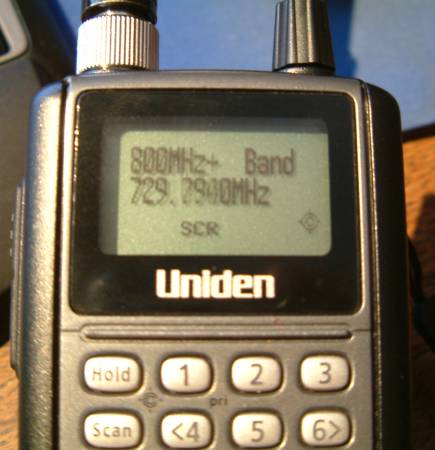When using a multimeter, most of us take for granted that the measuring device does not influence the D.U.T. (Device Under Test).
Most household multimeters have a specified internal resistance of 10 mega ohms. Some older meters might only be 1 mega ohm
But is this really the case?
Using a 1.5MΩ resistor and a 9V battery it is easy to determine the real internal resistance of your multimeter. Here’s what you do:
First measure the resistance of the 1.5MΩ resistor. We’ll call that R.
Second, measure the 9V battery, well call that Vbatt.
Now, connect R to your battery and measure the voltage between R and battery. This is Vm.
With my meter I got these values:
- R = 1.475MΩ
- Vbatt = 9.86V
- Vm = 8.6V
Using Ohm’s law we can work out that calculating the meter’s resistance, we can use this equasion:
Rm = (R × Vm) / (Vbatt – Vm)
In my case this results in Rm = 10.07MΩ. This multimeter is right on the mark.
With a second, very cheap meter, I got these result:
- R = 1.47MΩ
- Vbatt = 9.52V
- Vm = 8.02V
Rm = (1.47 × 8.02) / (9.52 – 8.02) = 11.79 / 1.5 = 7.86MΩ. Not so good this time.








